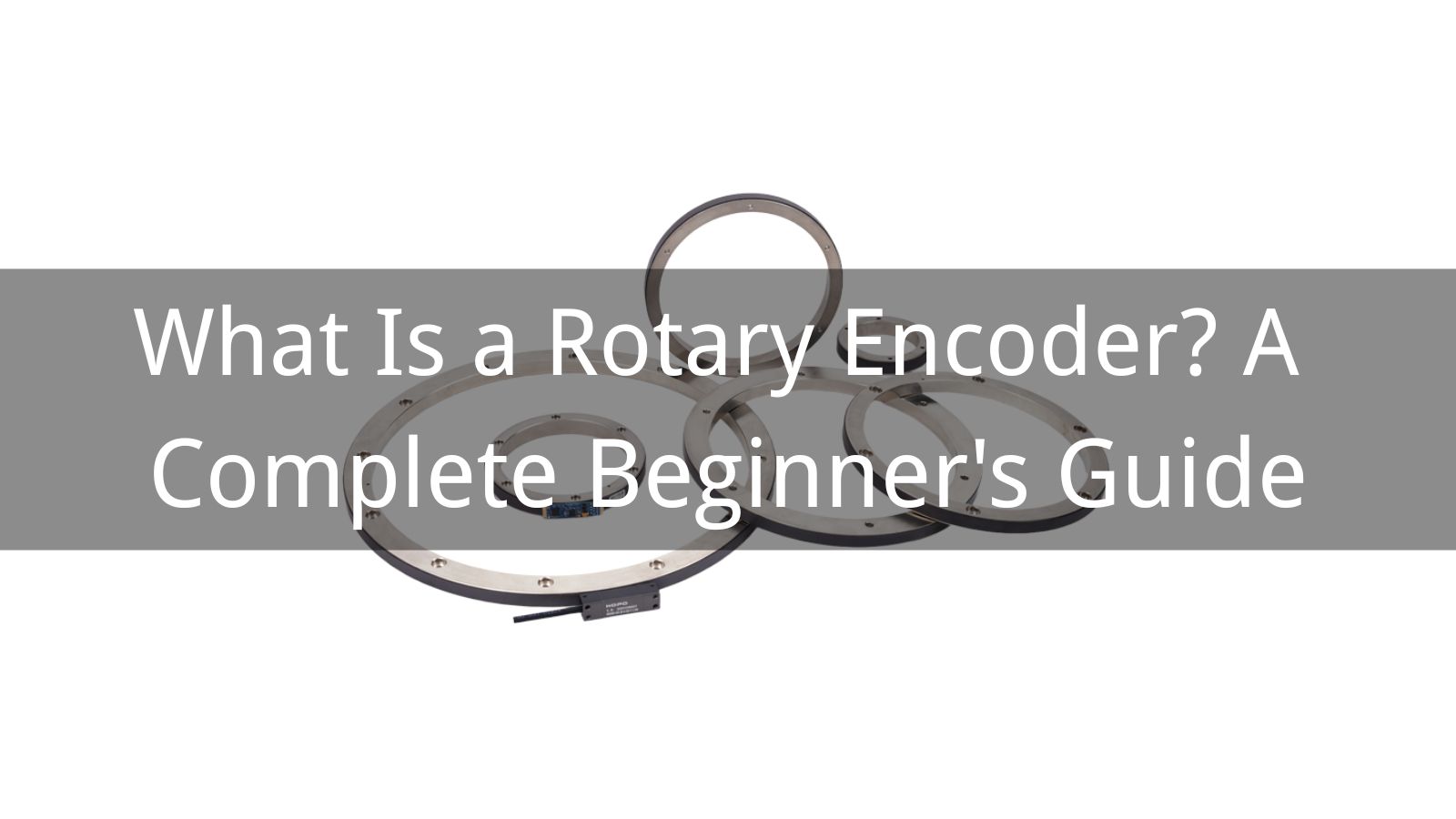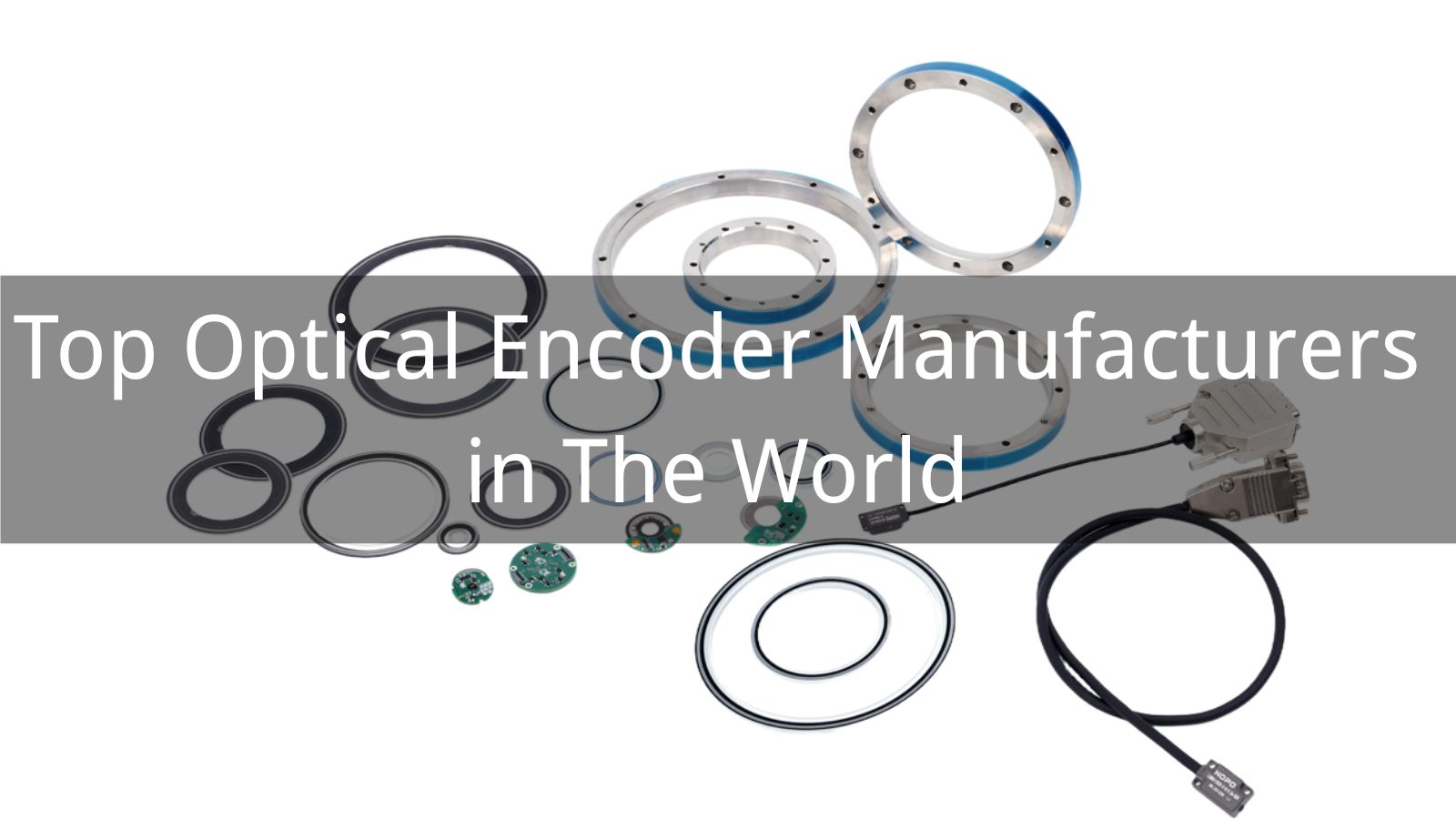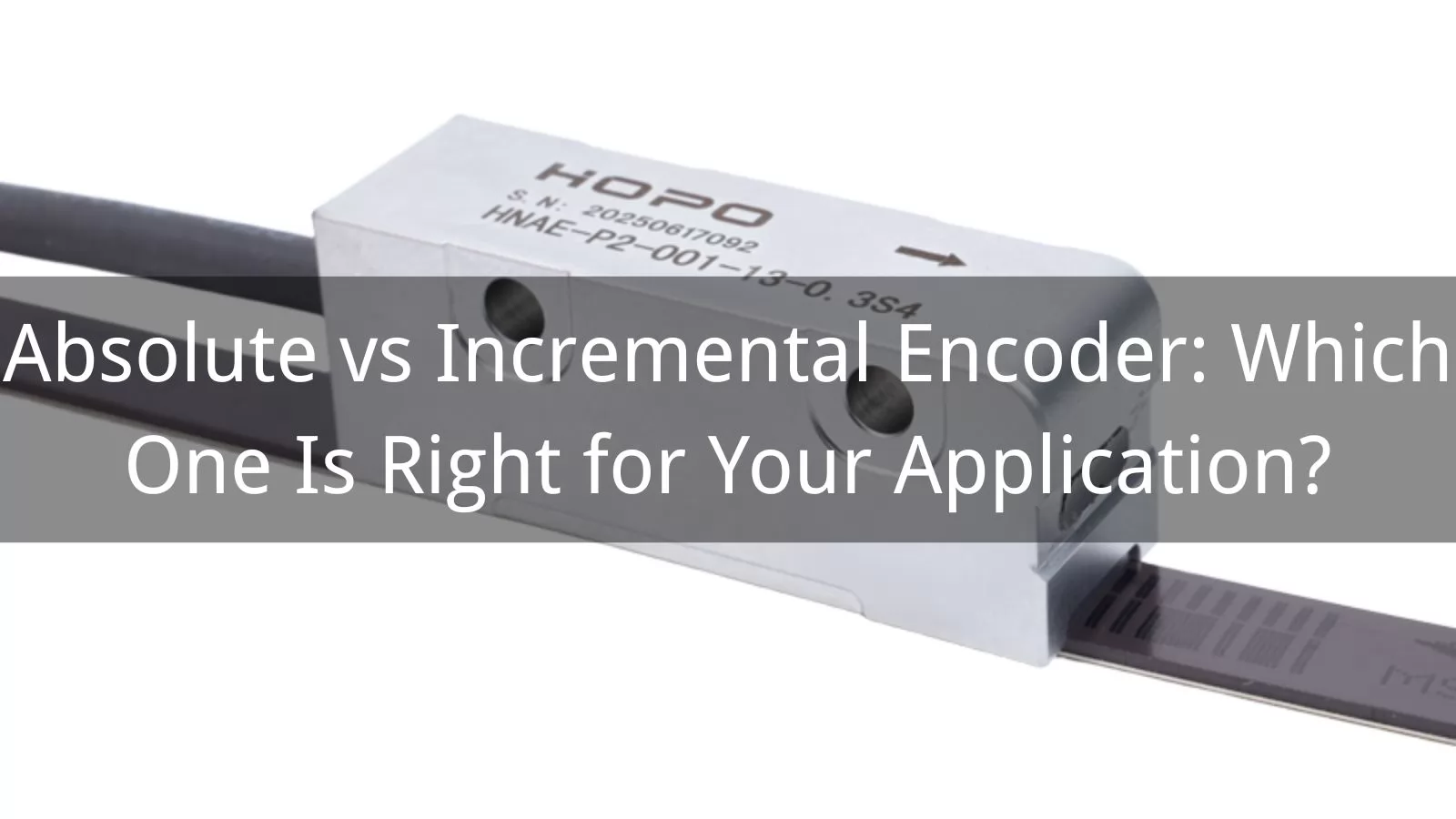
In modern automation and motion control systems, choosing the right encoder is critical to achieving accurate position feedback, smooth operation, and long-term reliability. When engineers compare absolute vs incremental encoders, they are essentially deciding how their machines will measure motion, detect position, and respond to system commands. An encoder acts as the "eyes" of any motor or drive system, converting mechanical movement into electrical signals that ensure precision and control.
The difference between absolute and incremental encoders lies in how they record and transmit position data. While incremental encoders provide relative position changes using pulse signals, absolute encoders deliver a unique digital code for every shaft position—retaining data even after a power loss. This makes encoder selection not just a technical decision but a strategic one, directly affecting system accuracy, maintenance costs, and productivity.
Understanding which encoder type best fits your application—whether it's for robotics, CNC machinery, conveyors, or servo systems—helps optimize performance and prevent costly downtime. In this guide, we'll explore the key differences between absolute and incremental encoders, how to choose the right one for your specific needs, and why this choice can make or break the success of your motion control project.
An encoder is a precision sensing device that converts mechanical motion—such as rotation or linear displacement—into digital electrical signals that can be interpreted by a control system. In modern industrial automation, encoders play a crucial role in providing accurate position feedback, speed measurement, and direction control for motors, conveyors, and robotic systems. Without an encoder, automation equipment cannot maintain synchronized movement or achieve the high precision required in today’s production lines.
There are two main types of encoders used in automation: absolute encoders and incremental encoders. Understanding the difference between absolute and incremental encoders is essential when designing motion control systems, as each serves a distinct purpose. An absolute encoder provides a unique digital code for every shaft position, allowing the system to retain position data even after a power loss—ideal for complex machinery such as CNC machines, elevators, and robotic arms. In contrast, an incremental encoder generates pulses to measure relative movement, offering a more cost-effective solution for high-speed applications like motors, conveyors, and printing systems.
In short, the debate of absolute vs incremental encoder isn’t just technical—it directly affects the accuracy, efficiency, and reliability of industrial automation systems. Selecting the right encoder ensures smoother operations, reduced downtime, and longer equipment life, making it a foundational decision for engineers and system integrators aiming to optimize performance.
An incremental encoder is a type of rotary encoder that generates a series of electrical pulses to measure motion, speed, and position changes in a mechanical system. Unlike an absolute encoder, which provides a unique position value for every shaft angle, an incremental encoder delivers relative position feedback based on the number of pulses detected during rotation. Each time the encoder shaft turns, it outputs a set of A and B channel signals (and sometimes a Z reference pulse) that allow a controller or PLC to calculate direction and displacement. This makes incremental encoders ideal for applications where continuous motion tracking and precise speed control are required—such as in servo motors, conveyor systems, robotics, and printing machines.
Because of their simple construction, cost-effectiveness, and high resolution, incremental encoders are one of the most commonly used feedback devices in modern motion control systems. However, since they do not retain position data after power loss, they require homing or reference routines upon restart. In short, if your application prioritizes real-time speed feedback and lower cost over absolute position retention, an incremental encoder is often the best choice.
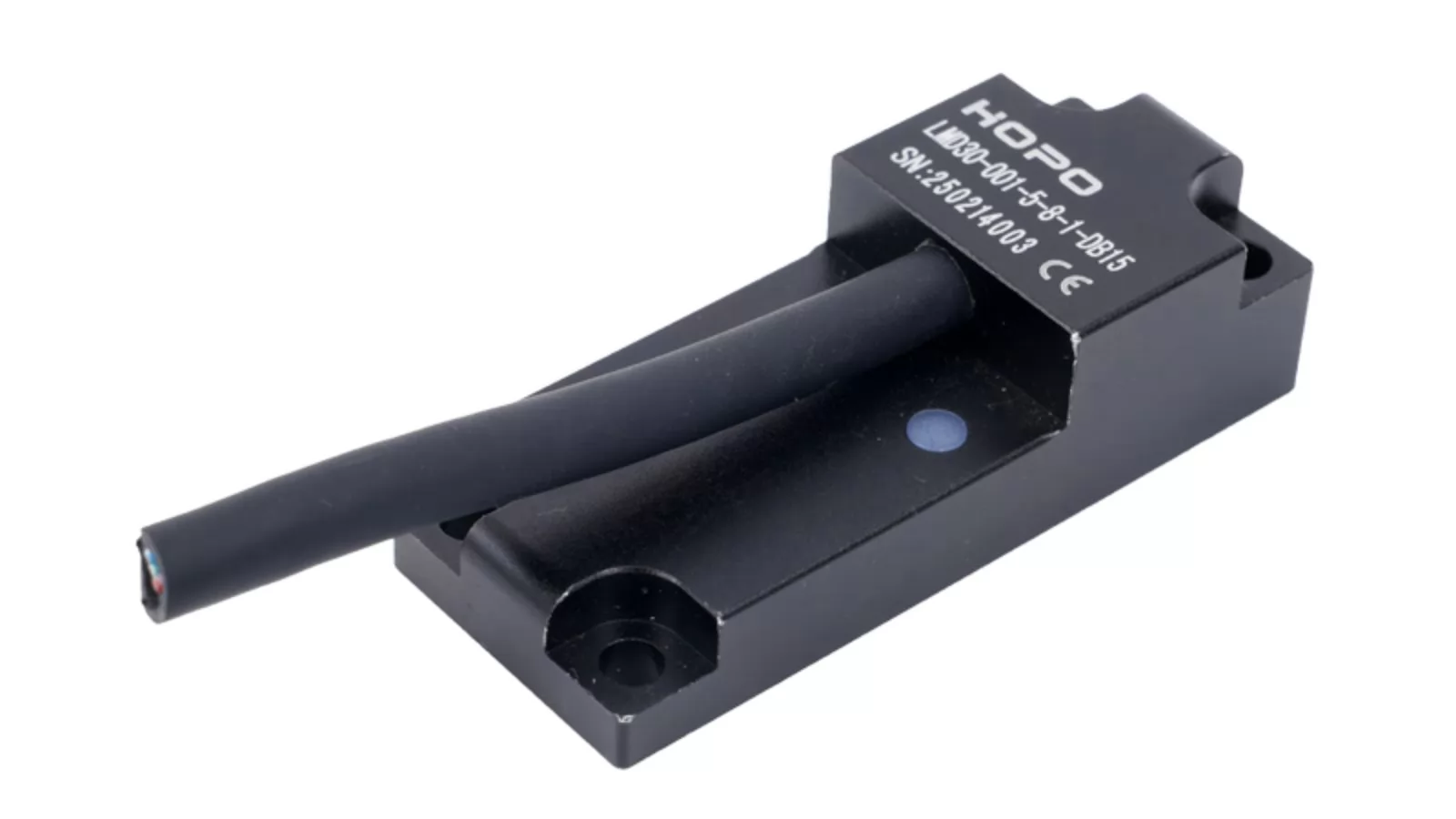
An absolute encoder is a type of position sensor designed to provide a unique digital code for every shaft position, ensuring accurate and repeatable readings even after power loss. Unlike an incremental encoder, which only reports relative movement, an absolute encoder delivers a precise absolute position value that does not require homing or reference resets when the system restarts.
At its core, the working principle of an absolute encoder relies on binary or Gray code patterns printed on a rotating disc. As the shaft turns, optical, magnetic, or capacitive sensors read these patterns and convert them into a digital output signal that represents the exact angular position. This advanced technology makes absolute encoders ideal for automation systems, robotics, and CNC machinery, where precise positioning and reliability are critical.
There are two main types of absolute encoders: single-turn and multi-turn. A single-turn encoder measures position within one revolution, while a multi-turn encoder can track the total number of revolutions, making it perfect for long-travel or high-precision motion control applications. Modern models often feature SSI, BiSS, or CANopen communication protocols, allowing seamless integration into industrial control networks.
The benefits of absolute encoders include high accuracy, no need for re-calibration, and robust performance in demanding environments. They minimize system downtime, improve safety, and enhance the overall efficiency of motion control systems. For manufacturers and engineers deciding between absolute vs incremental encoder solutions, absolute encoders offer a clear advantage when reliability, repeatability, and precision are top priorities.
When comparing absolute vs incremental encoders, understanding their core differences is essential for selecting the right feedback system for your application. Although both encoders serve the same purpose—providing motion or position data—they differ significantly in how they generate, transmit, and store positional information. Below are the key distinctions every engineer or automation specialist should know:
Position Tracking and Power Loss Behavior
Absolute encoders store unique position values for every shaft angle, allowing them to retain position data even after power loss.
Incremental encoders, by contrast, generate pulse signals (A/B/Z channels) that represent movement rather than absolute position. When power is cut, the system loses its reference and must be re-homed or recalibrated at startup.
This makes absolute encoders ideal for precision systems where position accuracy after power interruption is critical.
Accuracy and Resolution
Absolute encoders typically offer higher resolution and better repeatability, since each position is uniquely coded.
Incremental encoders measure relative movement, providing good resolution for speed and distance control but less accuracy over long distances.
For robotic arms, CNC machines, or servo drives, where micro-level accuracy matters, absolute encoders provide the superior solution.
Signal Output and Interface
Incremental encoders output a series of square wave pulses through A/B/Z channels, suitable for speed and direction monitoring.
Absolute encoders output digital codes (binary, Gray code, or via communication interfaces like SSI, BiSS, or CANopen).
Depending on your control system requirements, the signal type may determine compatibility and response time.
Cost and System Integration
Incremental encoders are generally more cost-effective, simple to install, and adequate for basic positioning applications.
Absolute encoders are more expensive due to advanced electronics and coding systems but provide plug-and-play integration and no need for homing routines.
When evaluating cost vs performance, incremental encoders suit standard motor feedback, while absolute encoders fit complex automation systems.
Maintenance and Reliability
Because absolute encoders store position data internally, they reduce the need for manual calibration and system resets.
Incremental encoders, though mechanically robust, require re-indexing or homing procedures after shutdowns.
Over time, absolute encoders can offer lower maintenance costs and higher reliability in demanding environments.
Common Applications
Absolute encoders: Robotics, CNC machinery, elevators, automated guided vehicles (AGVs).
Incremental encoders: Motors, conveyor belts, printing systems, and packaging equipment.
The choice depends on application complexity, required accuracy, and system downtime tolerance.
Choosing between an absolute encoder and an incremental encoder depends on your specific motion control requirements, system environment, and budget. If your application demands high positioning accuracy, multi-turn tracking, and reliable data retention after power loss, an absolute encoder is the better choice. It provides a unique position value for every shaft angle, making it ideal for robotics, CNC machines, and automation systems where precision and repeatability are critical.
On the other hand, if your goal is to measure speed, direction, or relative movement at a lower cost, an incremental encoder offers a simpler and more economical solution. It delivers continuous pulse signals that are easy to integrate with PLCs and motor drives, making it perfect for conveyor systems, printing machines, and general motion feedback applications.
When comparing absolute vs incremental encoders, consider factors such as resolution, signal type, power-up behavior, and system compatibility. For most users, the best approach is to balance performance with cost — choosing the encoder type that best matches your machine’s operating conditions and long-term reliability goals.
Absolute and incremental encoders are essential components in industrial automation and motion control systems, providing precise feedback for position, speed, and direction. The applications of absolute encoders and incremental encoders vary depending on accuracy requirements, operating environments, and system complexity.
Absolute encoders are commonly used in applications where exact position tracking is critical, even after a power loss. In robotics, they ensure precise joint positioning and repeatable movement. In CNC machinery and servo drive systems, absolute encoders deliver reliable multi-turn feedback for complex motion paths. They are also widely applied in elevators, medical devices, and automated storage systems, where safety and precision cannot be compromised.
Incremental encoders, on the other hand, are ideal for applications that require continuous speed monitoring and relative positioning. They are frequently used in motor control, conveyor systems, printing equipment, and packaging machines. Because of their simpler design and cost-efficiency, incremental encoder applications are popular in high-volume machinery and general-purpose automation where performance and affordability must be balanced.
By understanding these encoder applications, engineers can select the right type—absolute or incremental encoder—to achieve optimal performance, accuracy, and durability in their automation systems.
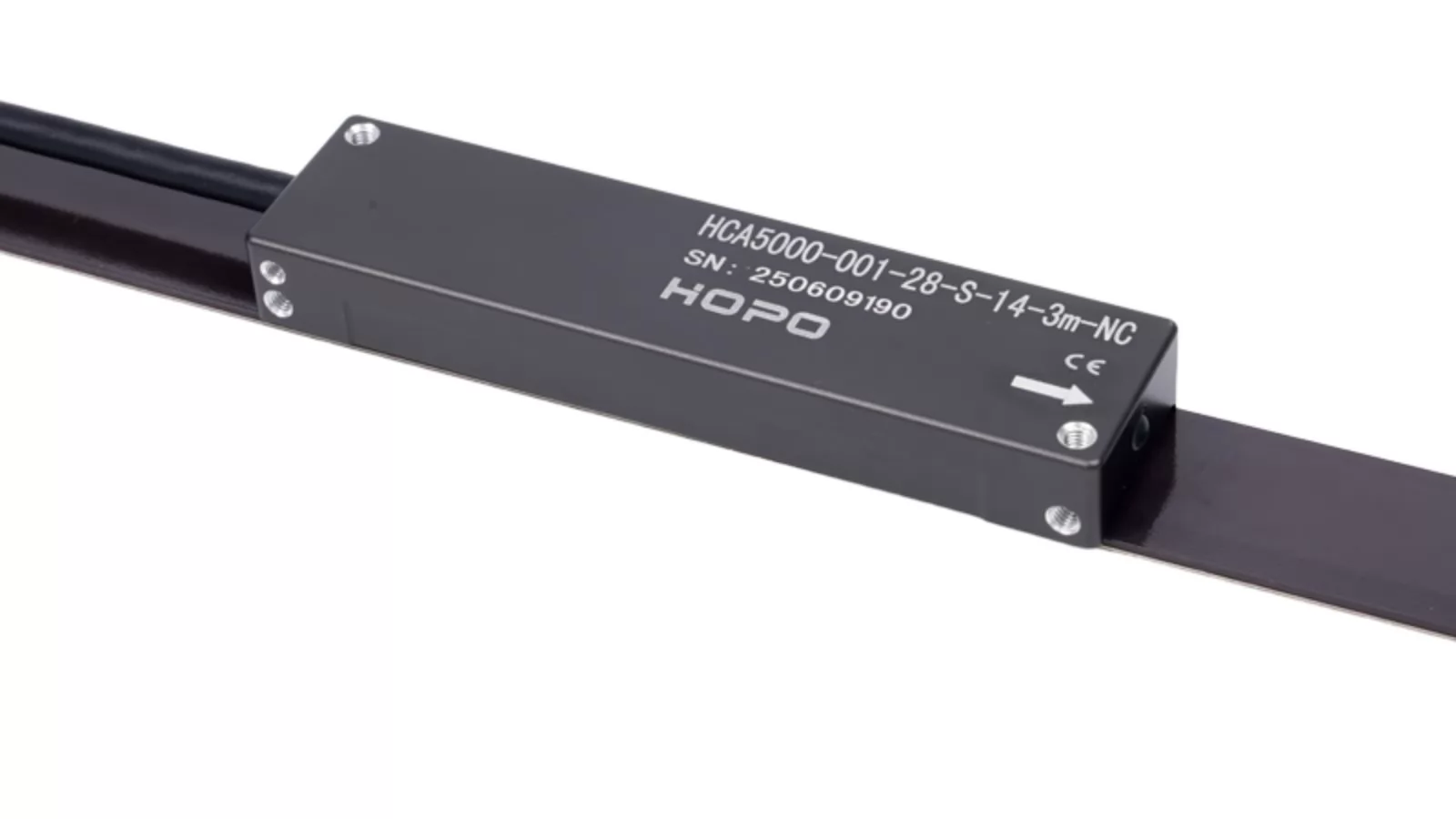
When comparing an absolute vs incremental encoder, understanding the trade-off between cost, maintenance, and reliability is essential to making the right investment for your motion control system.
In general, incremental encoders are more cost-effective and widely used in standard automation systems where basic position feedback is sufficient. Their simpler design and pulse-based signal output make them easy to integrate and replace, reducing initial purchase and installation expenses. However, the lower cost often comes with a trade-off in data precision and long-term reliability, especially in complex or multi-axis systems.
By contrast, an absolute encoder offers higher reliability and accuracy, as it can retain position data even after a power loss. This feature minimizes downtime, eliminates the need for homing or re-calibration, and ensures consistent performance in demanding industrial environments. Although the absolute encoder price is typically higher than an incremental one, the lower maintenance requirements and improved operational stability can lead to a better total cost of ownership over time.
From a maintenance perspective, incremental encoders may require more frequent calibration and signal checks, particularly in high-vibration or dusty conditions. Absolute encoders, with their more sophisticated sensing technology and digital communication protocols (such as SSI or BiSS), generally deliver greater long-term reliability and lower failure risk.
In short, if your application demands precision, minimal downtime, and lifetime reliability, an absolute encoder is worth the higher upfront investment. But for budget-sensitive projects or simple motion tracking, an incremental encoder remains a solid, reliable, and economical choice.
Selecting between an absolute vs incremental encoder ultimately depends on your specific motion control requirements, desired accuracy, and system complexity. Absolute encoders deliver precise position data and are ideal for advanced automation, robotics, and CNC applications that demand reliable performance even after power loss. In contrast, incremental encoders offer a cost-effective and straightforward solution for applications such as motor speed control, conveyors, and general industrial machinery.
When comparing absolute vs incremental encoders, consider factors like signal type, resolution, environmental conditions, and integration with your existing control system. By choosing the right encoder, you can achieve higher productivity, smoother motion feedback, and reduced maintenance costs — ensuring your automation system operates at peak efficiency.
Ready to find the perfect encoder for your application? Contact our expert team today for professional consultation, detailed encoder specifications, and customized motion control solutions designed to meet your exact needs.
